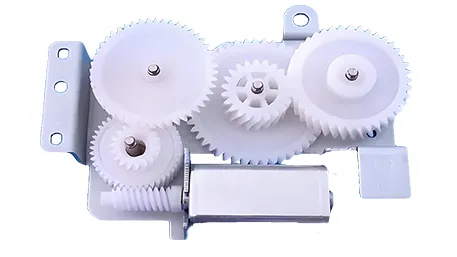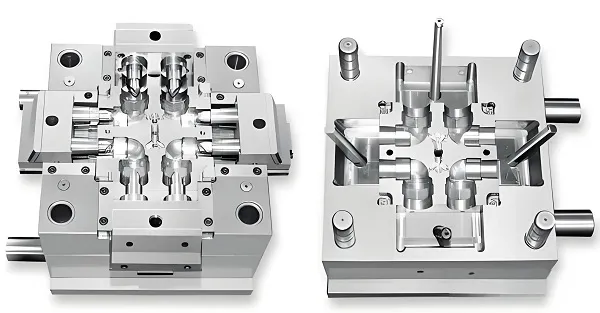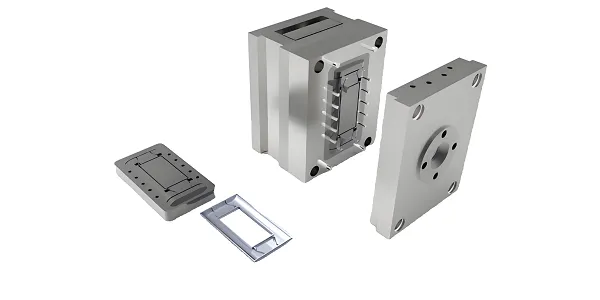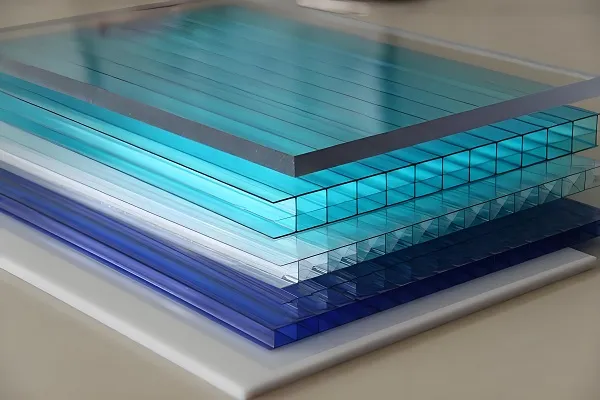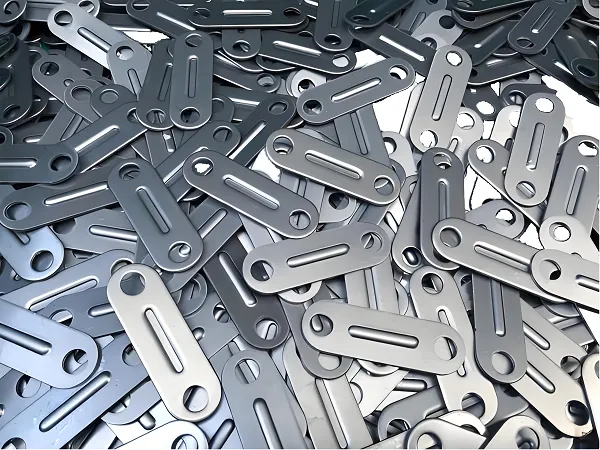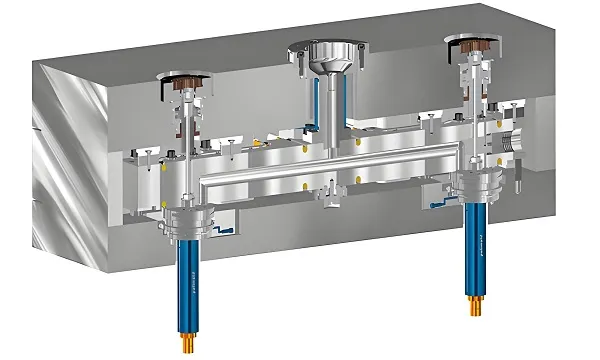Q: What are some common examples of mechanical machining processes?
A: Mechanical machining encompasses a wide range of processes used to shape, cut, and finish materials such as metals, plastics, and composites. Here are some common examples:
1. Milling
Q: What is milling, and how is it used in mechanical machining?
A: Milling is a process where a rotating cutter removes material from the surface of a workpiece to create various shapes and features. It is widely used to produce flat surfaces, slots, pockets, and complex contours. Milling machines can operate in various orientations, including horizontal and vertical, and can be manual or computer-controlled (CNC milling).
2. Turning
Q: Can you explain turning and its applications in machining?
A: Turning involves rotating a workpiece on a lathe and using a cutting tool to remove material, typically to create cylindrical shapes. This process is ideal for producing shafts, rods, and other rotationally symmetric parts. Lathes can be manual or automated (CNC turning), allowing for high precision and repeatability.
3. Drilling
Q: How is drilling used in mechanical machining?
A: Drilling is a process used to create circular holes in a workpiece. A rotating drill bit is pressed into the material, removing chips and creating a cylindrical void. Drilling can be manual or automated and is commonly used in applications requiring holes for fasteners, piping, and other assemblies.
4. Grinding
Q: What is grinding, and what are its typical applications?
A: Grinding is a surface finishing process that uses abrasive wheels or belts to remove small amounts of material and achieve a smooth, precise finish. It is often used to refine the surfaces of parts after other machining processes, such as milling or turning, to achieve tight tolerances and improve aesthetics.
5. Sawing and Cutting
Q: How do sawing and cutting fit into mechanical machining?
A: Sawing and cutting processes involve using blades or tools to separate materials into smaller pieces or sections. These processes can be manual or automated and are used in a variety of applications, such as cutting metal bars, pipes, and sheets. Band saws, circular saws, and abrasive cutting wheels are common tools used in these processes.
6. Broaching
Q: Can you explain broaching and its applications?
A: Broaching is a machining process that uses a tool called a broach to remove material in a single pass, creating a precise shape or feature. This process is often used to create keyways, slots, and other complex shapes in metal workpieces. Broaching is highly efficient for producing large volumes of parts with tight tolerances.
7. Planing and Shaping
Q: How do planing and shaping contribute to mechanical machining?
A: Planing and shaping are processes used to flatten and shape large workpieces. Planing involves using a large, straight-edged tool to remove material in a straight line, while shaping uses curved tools to create more complex contours. These processes are often used in the production of heavy machinery parts and structural components.
8. Honing
Q: What is honing, and what are its typical applications?
A: Honing is a precision grinding process used to finish the internal surfaces of cylindrical holes. It employs a honing tool with abrasive stones that oscillate and rotate within the hole, gradually removing material and achieving a smooth, precise finish. Honing is commonly used in the automotive, aerospace, and precision machinery industries.
Q: Are there any other notable mechanical machining processes?
A: Yes, there are many other mechanical machining processes, including waterjet cutting, laser cutting, electrical discharge machining (EDM), and plasma cutting. Each process has its unique applications and advantages, depending on the material being processed, the desired shape and finish, and the production volume.
In conclusion, mechanical machining offers a wide range of processes to shape, cut, and finish materials with high precision and repeatability. Understanding the capabilities and limitations of each process allows manufacturers to select the most appropriate techniques for their specific needs.


